Growing up in Fort Augustus, Sophie Stephenson remembers tales of her great-grandpa getting belted at school for speaking Gàidhlig.
The step dancer and Gaelic (Gàidhlig) speaker said thankfully that is not the case these days.
“It’s amazing how far we’ve come, and in a couple of generations,” Sophie added.
“I was born and brought up in the Highlands, yet without any access to Gaelic at school and I felt like the language was a right I was denied growing up.
“But I did persevere.”
More than 20 years on, after learning some Gaelic at university and becoming fluent at Sabhal Mòr Ostaig on the Isle of Skye, Sophie has made a career in the language.
A Gaelic officer for creative projects at Fèis Rois, Sophie has also worked with CBeebies Alba to help pass on the language and traditions to the next generation.
And while this historic suppression of Gaelic has been said to have a lasting damaging impact, the 33-year-old said she is keen to do her part for the next generation.
‘Doing my bit for the next generation’
She added: “When people say it’s a dying language, that just motivates me more.
“And it’s true, with older people when they die, they take with them all their lore and their knowledge unless it’s recorded or passed on.
“We have to take that very seriously and be sure to listen and learn from the older generations, while also investing in the future of young Gaelic speakers.
“Certainly, my motivation as a Gaelic learner is I’m doing my bit for the next generation.
“The fact that it’s supported now and taught through formal and formalised education is really fantastic.”
Seachdain na Gàidhlig
Although she admitted it is not always an easy feat learning a language.
For anyone interested in learning, Sophie suggested building friendships with Gaelic speakers to help.
One of the events which helps connect learners and speakers is Seachdain na Gàidhlig – World Gaelic Week.
The week-long event is dedicated to promoting and preserving the Gaelic language.
From February 19 to 25, a series of events are being hosted across Scotland aimed at offering people an immersion in the Gaelic language and heritage.
Sophie added: “It’s one of the few events which really makes you all feel together on an international level which I think is really lovely.”
She added it is events like these which help to build a more positive future for the language where every child can access Gaelic and there is more “cultural confidence” to use it across all sectors.
Sophie added: “I think we’re on the right track. People are seeing the value of Gaelic as a language across sectors. I’m excited for the next generation.”
Gaelic reveals so much about culture and history
However, there is one other region outside of Scotland where Gaelic is spoken regularly: Nova Scotia, Canada.
Around 100 years ago, it was still spoken as the majority language in parts of Nova Scotia, but the 20th Century caused a big change.
While native speakers are “few and far between” these days, it is a language and culture that remains very much alive for many.
For Gaelic speaker Shamus MacDonald, remembers his grandma speaking it with her siblings when he would visit her in Cape Breton.
However, he only started to learn the language when he went to university as an 18-year-old.
Specialising in Celtic studies and folklore, Shamus admitted it was originally his passion for history that encouraged him to study Gaelic.
He added: “But it draws you in at the same time. I started visiting a lot of people who had it as their first language and learnt a lot from them.
“You realise there’s so much richness to it and there’s so much it can tell you about other aspects of culture, history and heritage. You can’t help but delve deeper.”
‘It’s about reclaiming heritage and community’
Now manager of culture and language at Baile nan Gàidheal, also known as the Highland Village Museum in Iona, near Cape Breton, the 44-year-old said the museum is doing a few activities for Seachdain na Gàidhlig.
This includes the museum’s weekly online Pop-up Gàidhealtachd where language speakers from Scotland, Canada, USA and even Australia can connect from all over the world.
While a lot of people argue the language is “dying”, he said in the last 20-30 years, there has been a resurgence and interest in the language in Nova Scotia.
“People have been saying it’s dying for 100 years,” he said.
“It’s alive right now. I can pick up the phone, I can talk to friends in Gaelic, I can go down the road and talk to a native speaker, it’s alive in my life.
“That’s not to say we have blinders on and we’re not aware of the precarious state of language. At the same time, we’re focusing on the ways that people are making it alive in their lives today.
“For a lot of people, this is also about reclaiming something that’s been lost in their family and their community.
“As has often been the story of Gaelic in this part of the world as in Scotland, the language was pushed out of people’s lives. This is about reclaiming it.”

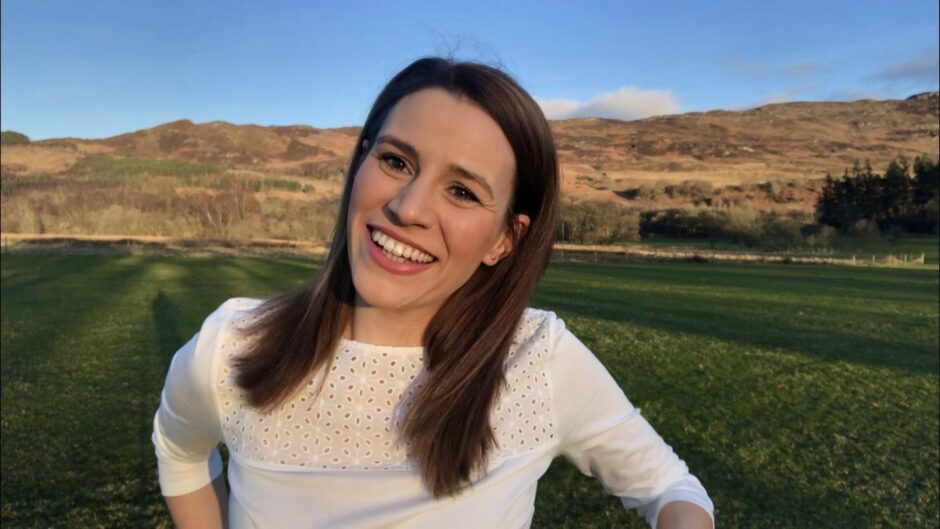
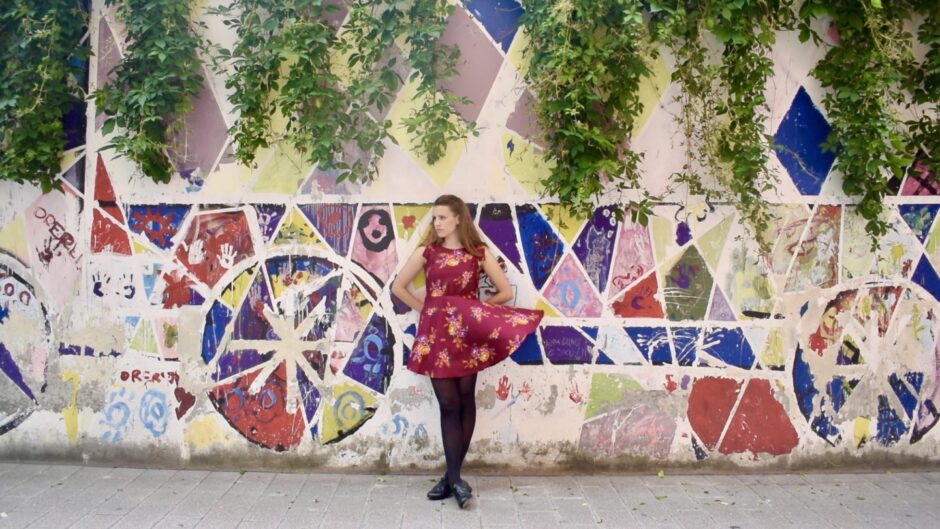
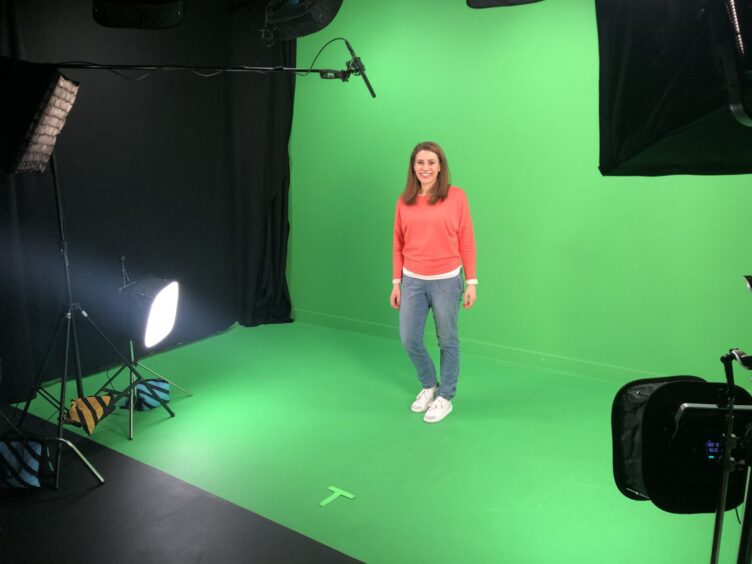
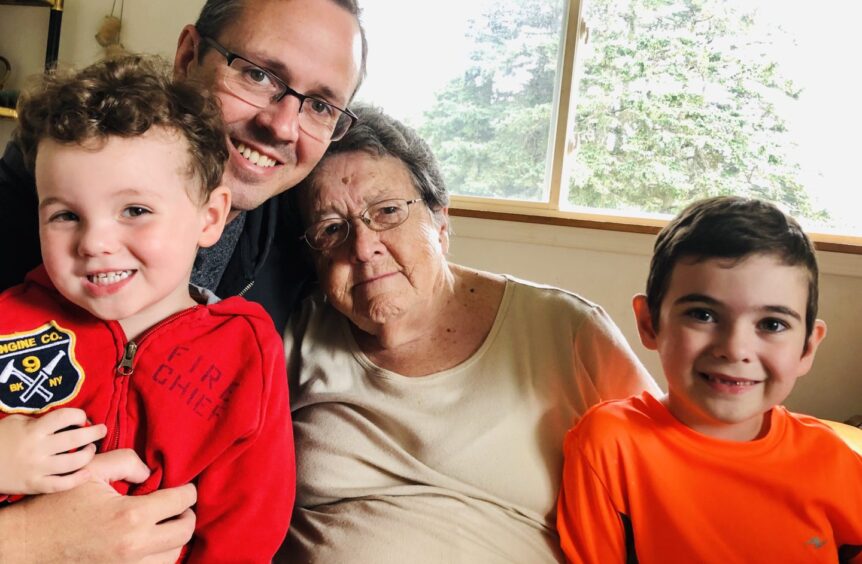
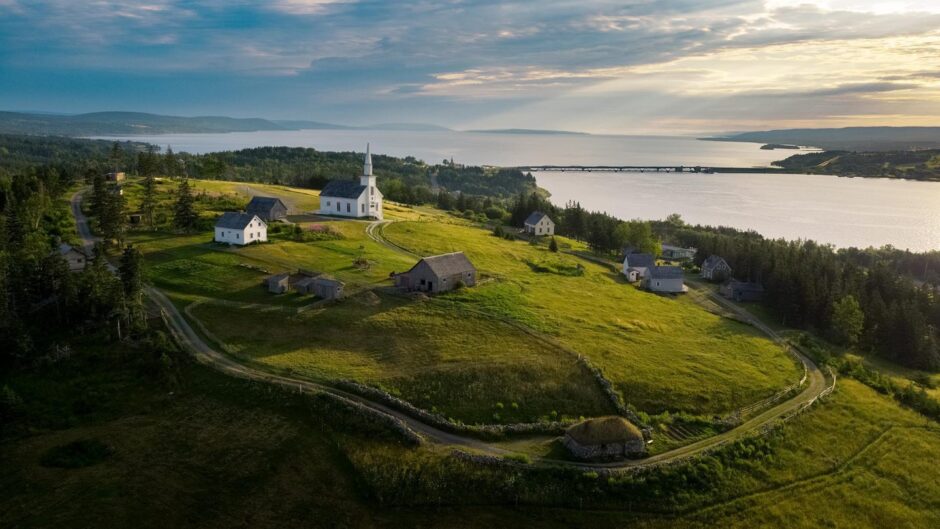
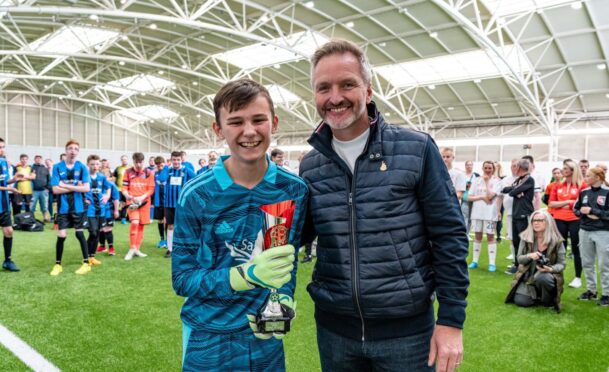
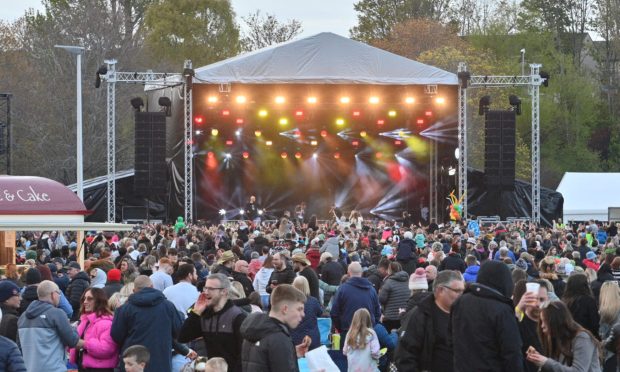
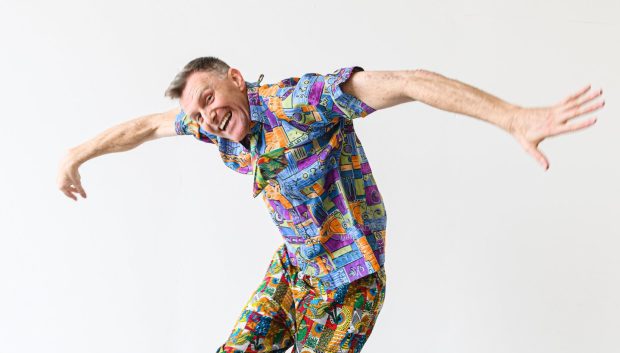
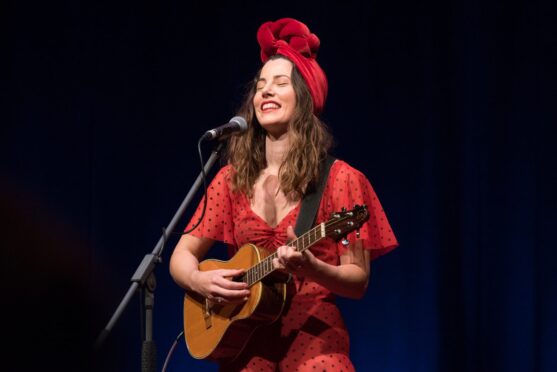
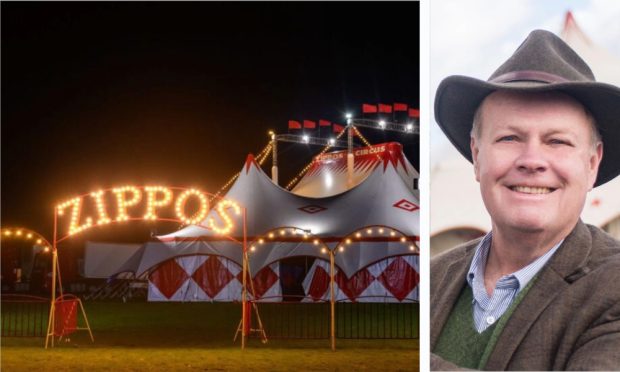
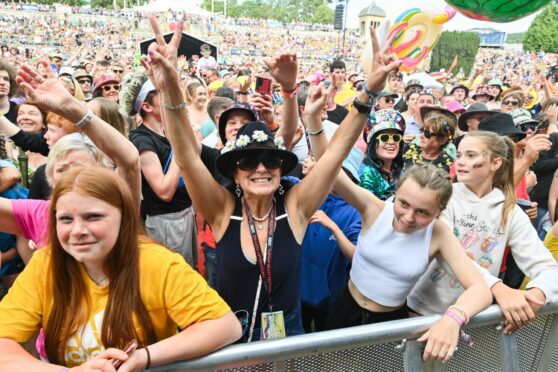

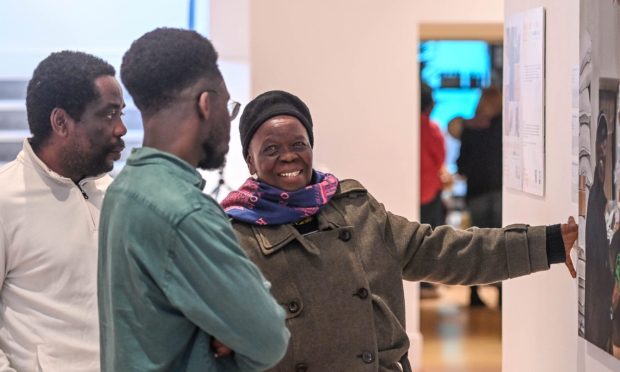
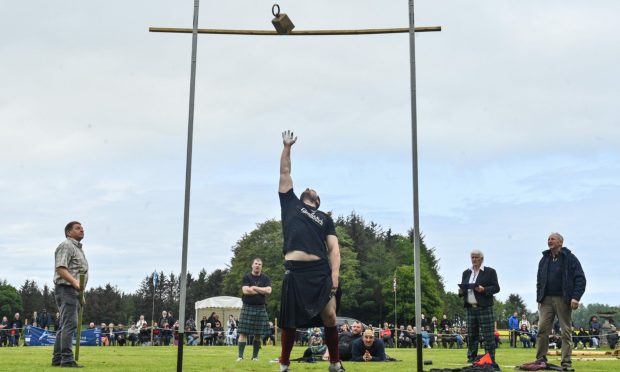
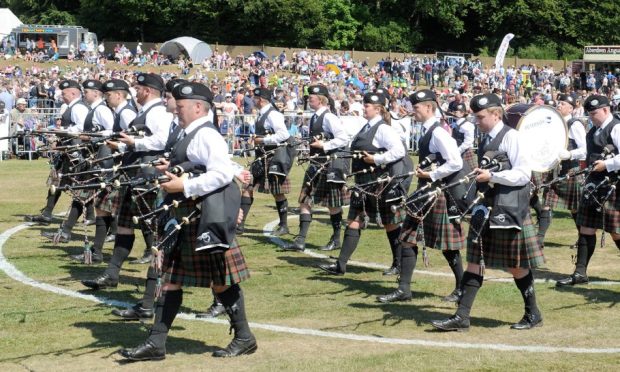
Conversation